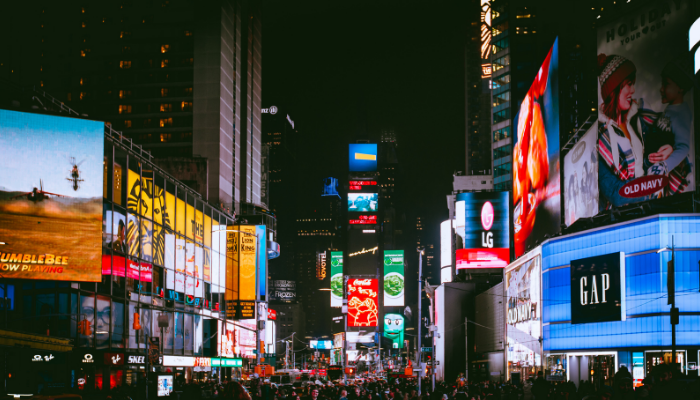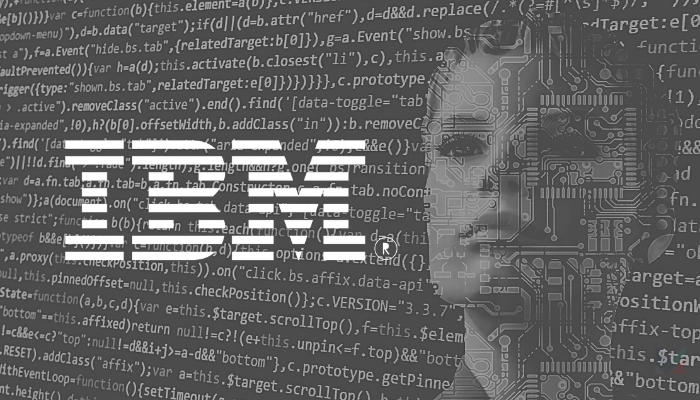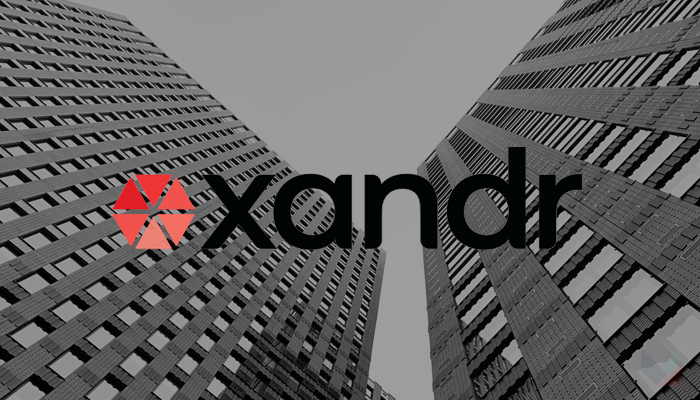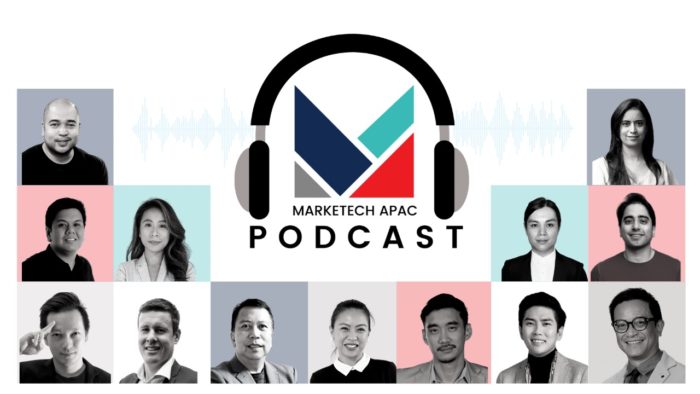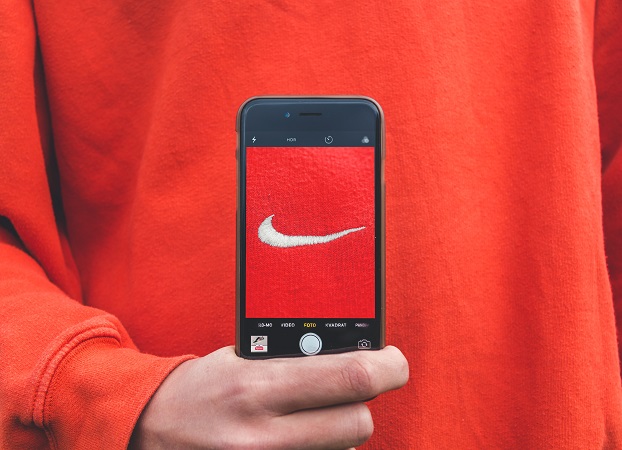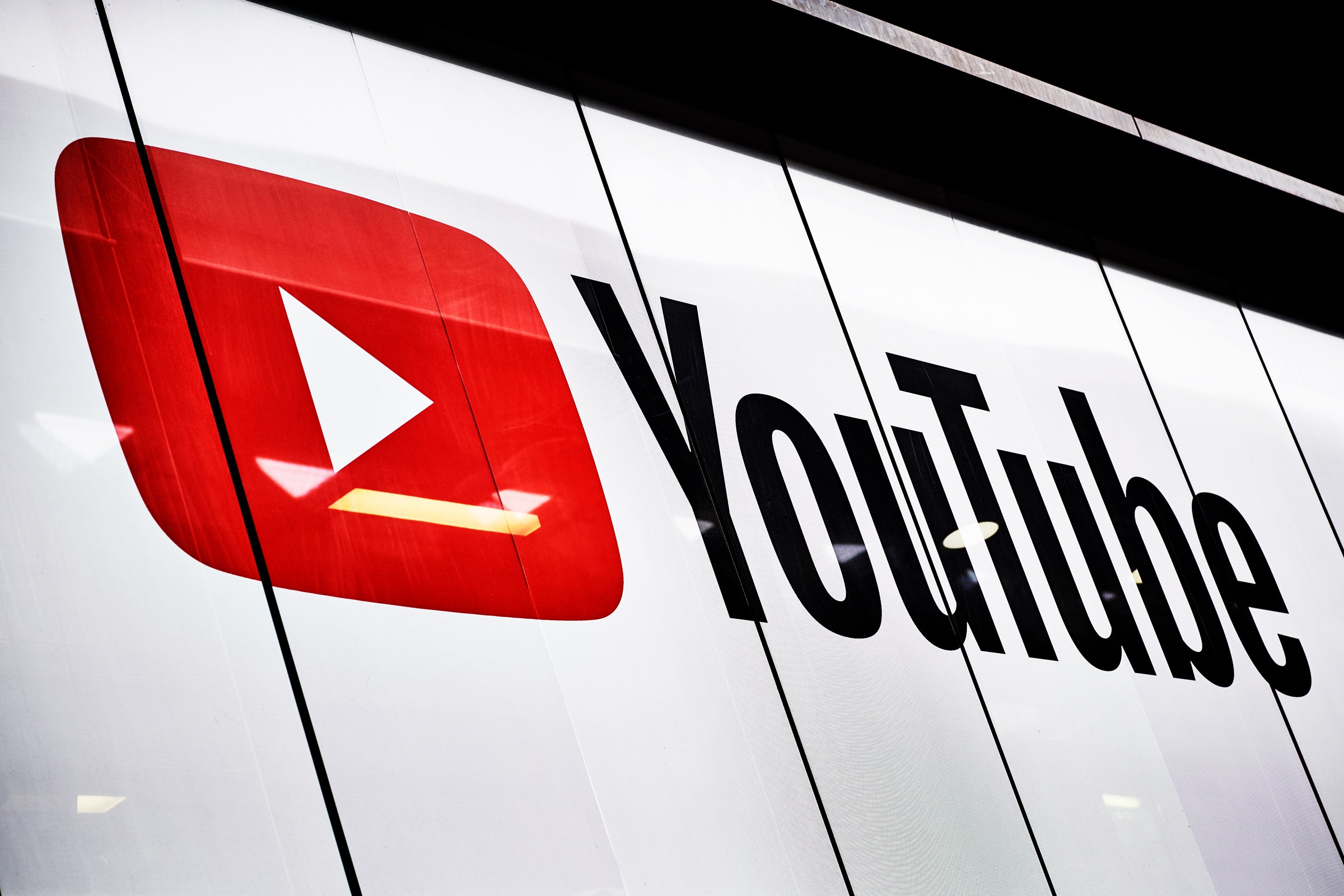Singapore – Programmatic investment and spend is growing at a rapid rate across the Japan and Asia-Pacific (JAPAC) region despite a hugely challenging 12 months in terms of both the ongoing coronavirus pandemic and the deprecation of third-party identifiers, which is now 30% higher compared to pre-pandemic levels, a new research from adtech OpenX and market intelligence news site ExchangeWire shows.
According to their latest report, around 64% of agencies, publishers, and brands are increasing programmatic spend or revenue, an evident growth in the sector driven by a surge in digital transformation across agencies, publishers, and brands.
The report highlights as well that 31% of publishers are generating over 40% of their revenue via programmatic. On the buy side, 21% are allocating over 40% of their spend on the channel.
With that in mind, there has been an observation as well that publishers have matured in their strategic selection of header bidding partners, while the use of unified auction solution Prebid has increased by over 10% market-wide. Compared to 2020, publishers are using relatively fewer providers than in 2020, and prioritizing ease of setup for when existing providers are not meeting expectations.
Such behavior is prevalent in the Indian market, where 32% are now using one to four partners, compared to just 7% last year, and 13% are using 15 or more partners, which has more than halved from the 29% recorded in 2020.
“The programmatic industry in JAPAC is displaying a remarkably strong recovery. We see newly-forged programmatic expertise across both buy and sell sides driven by rapid digital transformation. Agencies, publishers and brands are demonstrating greater confidence in managing their own programmatic activities. As a result, the ecosystem is directing more revenues and spend through the medium compared to other marketing streams,” said Andrew Tu, managing director for APAC at OpenX.
There have been rising concerns within the region over the deprecation of Apple’s Identifier for Advertisers (IDFA) and the third-party cookie. Two-thirds (67%) are concerned about the effect of IDFA and cookie deprecation, with 29% very concerned about these changes. India displayed the most concern, with 87% disclosing some level of concern, followed by Indonesia (71%) and Australia (62%). In Japan, only 49% are concerned, while 50% are not perturbed about the upcoming changes.
Furthermore, brands and agencies are not funnelling money to ‘walled gardens’, and instead favor independent ad tech.
A ‘walled garden’ refers to a limited set of technology or media information provided to users with the intention of creating a monopoly or secure information system.
Only 16% of buyers are increasing walled garden ad spend in response to IDFA and third-party cookie deprecation, whereas 27% are investing in exchange, supply-side platform (SSP), and demand-side platform (DSP) partnerships.
In India, only 2.5% are funneling spend away from independent ad tech towards the walled gardens.
“Despite some fears around the impact of IDFA deprecation and the eventual removal of cookies in Chrome, a majority of brands are maintaining or increasing spend on the independent web and not towards the walled gardens. Instead, they are working together with their tech partners to navigate the nascent privacy-first environment,” Tu added.
In terms of investment, India is more heavily invested in programmatic than its peers. Only 2% are not using the channel, compared to 33% in Japan, 9% in Australia and 6% in Indonesia. Moreover, 12% of respondents within India are generating over 75% of their spend in programmatic, double that of both Australia and Indonesia.




